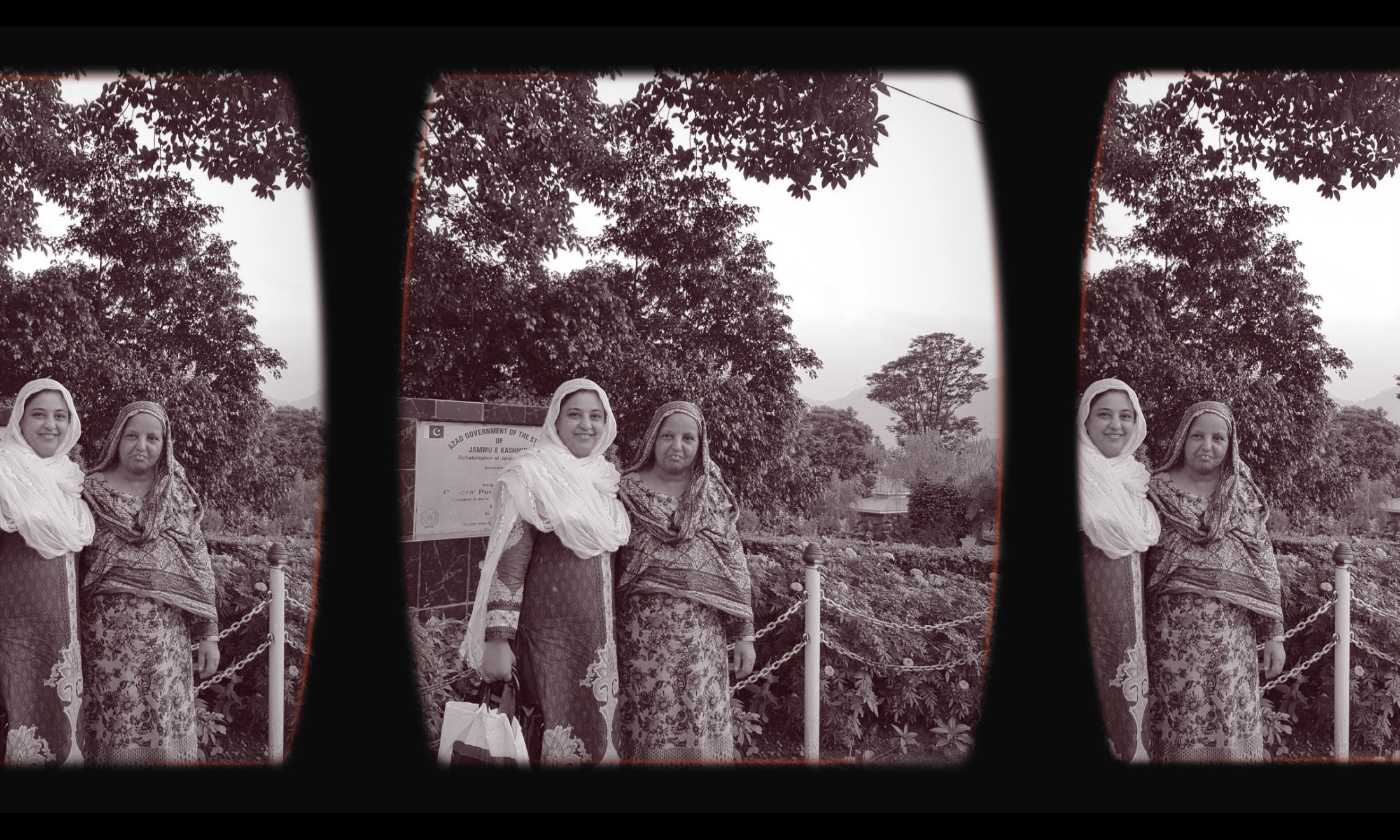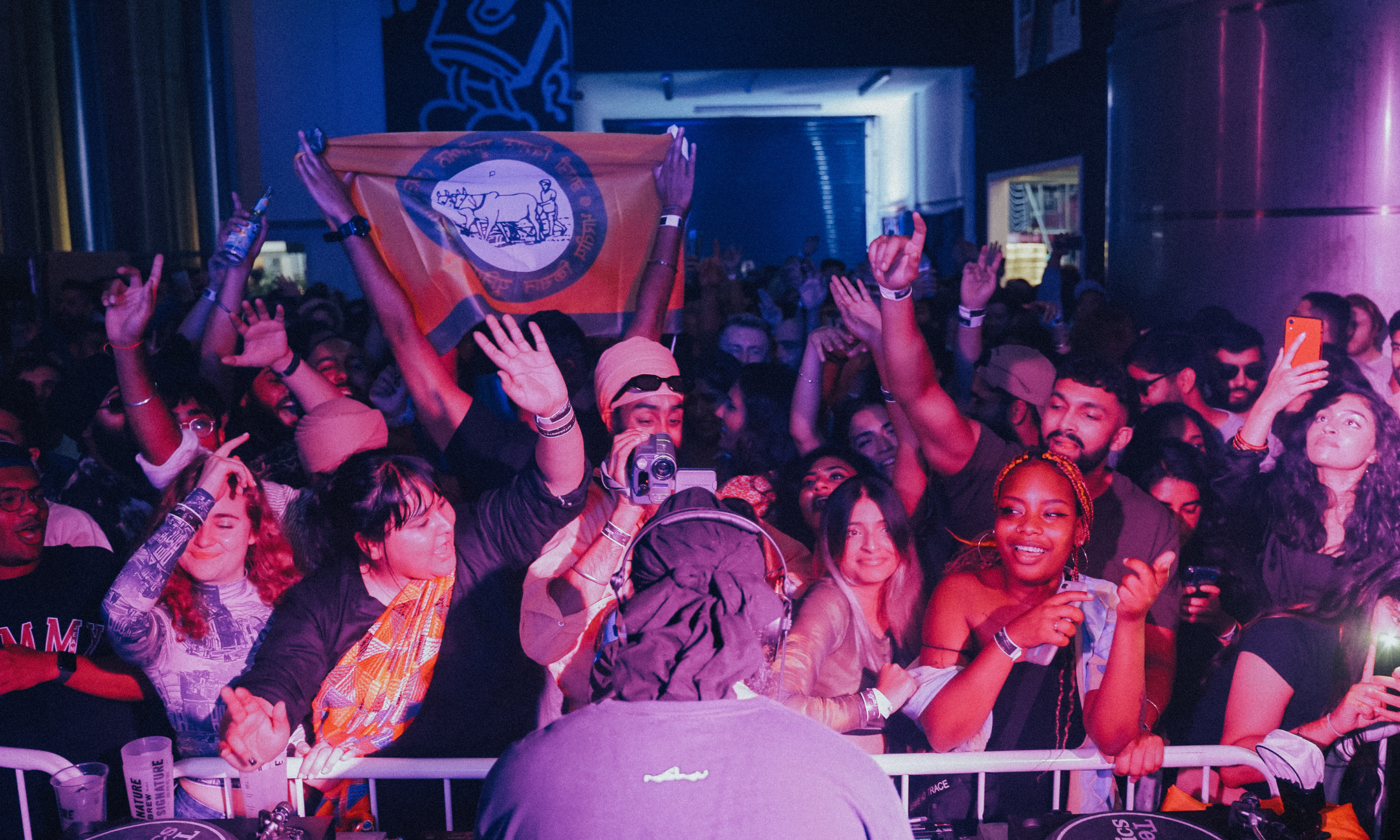Diet Paratha is the online space celebrating the boundlessness of South Asian creativity and community
Anita Chhiba has made a platform that shines a light on South Asian talent without pandering to a white gaze, all while providing a space for the community to connect, (un)learn and grow.
Tara Joshi
26 Aug 2021

Diet Paratha / Shaye Laree
“Diet Paratha is for the people,” says Anita Chhiba. This mission statement underpins the online community which celebrates South Asian creativity that she founded back in 2017. Diet Paratha is an Instagram page that seeks to create a platform for South Asian representation through a brown gaze, resisting the confines of stereotypes. Since its origins, the page has grown into something quite special – at the time of writing Diet Paratha has amassed 14.5k followers, and has been nominated for the Dazed100 (if she wins, she’ll use the money to curate an exhibition celebrating South Asian talent).
Anita spotlights South Asians across various mediums based around the world through the page (designers, models, stylists, musicians, photographers, writers, artists, activists). But she also draws attention to opportunities that might be of interest to the community, and now even provides a matchmaking service – in her words: “Minus the casteism, colourism, body shaming, and parents”.
“It’s about celebrating brown people for who they are, in their own creative right. That doesn’t mean they’re showing cultural ties to ‘back home’, we don’t have to be wearing saris and bangles and bindis, we don’t have to reference our culture in everything we do – being brown is enough”
In-person, Anita is all about building those connections, joining the dots and helping thread together a burgeoning community from a vast array of fields and backgrounds. The first time Anita and I met she was running around at a fundraiser organised by already-legendary music collective Daytimers for India Covid-19 relief in Hackney Wick. She was giving away Diet Paratha t-shirts in exchange for donations, all while facilitating introductions between various people in the community (“Oh, I was running outside to try find this girl who doesn’t know anyone else here yet!” she explains when I bump into her by the door).
A few months later, we’re on a video call, and Anita is telling me about how, growing up, she often resented her background. Born and raised as a second-gen Indian immigrant in Pukekohe (a small farming town in New Zealand that had racially segregated schooling as late as 1964), and now based in London, she explains: “It just wasn’t desirable to be Indian or South Asian.” It mirrors a sentiment familiar to pretty much any of us who grew up racialised in majority-white places. “Like, I know that because people told me, and they were mean and racist. And then you couldn’t really see people who looked like us in the media, even if there were role models in the local community of South Asians,” adds Anita.
The internet provided her with the space to learn (and unlearn) more about a new generation of South Asian identity across the diaspora – especially what was happening in the UK. “There was such a strong, supportive [South] Asian community here,” she says. “Seeing that from afar, I immediately felt like I wanted to be part of it. [There was the] reclaim the bindi [movement], Simran [Randhawa] was getting big, and I just saw it all and thought ‘damn, she really doesn’t give a fuck, and she’s proud, and she’s really out here’ – and I saw this wave of UK [South] Asians and a few in America as well, who were making work in all these different creative formats that showed they were proud of who they were, but in a way that really resonated with me.”
It’s true that, thanks to the internet, South Asian creativity in diaspora became easier to find for a new generation in the 2010s – but often it seemed to pander to a surface white gaze rather than look at structural changes needed both inside and outside of our communities. It tended to homogenise our experiences, to romanticise ‘back home’ without engaging in the realities of life there (for example, when Canadian-Indian artist Babbu The Painter faced criticism for a photoshoot in which many deemed she was using people in India as background props). Often, diaspora creativity seemed more interested in ‘representation’ on a granular, individualised level than building a real, supportive community. Thankfully, the conversation has started to move on, with a community being built that accounts for the vastness of what being South Asian can be and stands in solidarity with one another, as well as the marginalised back in South Asia – and Diet Paratha has been part of that.
“I was still on the journey of understanding myself at that point, so I wasn’t able to express that in the way I do now,” Anita says of the early days of the page, which largely saw her collating illustrations and Bollywood posters. In the present day, she is a meticulous researcher and curator, and anything that gets posted on the page has to meet a certain standard: “Now, it’s about celebrating brown people for who they are, in their own creative right. That doesn’t mean they’re showing cultural ties to ‘back home’, we don’t have to be wearing saris and bangles and bindis, we don’t have to reference our culture in everything we do – being brown is enough.”
“What’s exciting to me is using Diet Paratha as a way to get people in the community paid. Giving people opportunities to create, or to platform their work, and just kind of help amplify their message on a much broader scale.”
Still, under the umbrella of ‘brownness’ and ‘South Asianness’, it’s often been the case that it is light-skinned, north Indian, upper-caste, Hindu people who are middle-class and upwards taking up the most space in the conversation. It’s something Anita is conscious of when it comes to curating Diet Paratha, not least because of her own background: “When I was growing up, I was so ignorant,” she says, “I grew up in a really small community of Indians in Pukekohe, so I thought we were all just Indian. I didn’t realise how diverse South Asia really is, so now I’m super mindful of stuff like that.” We discuss a post she did back in June highlighting people in the north-east of India, a region often neglected in coverage of the country. “I have to do the work and put the time in with my research and be conscious,” she says. “And if I can communicate that across the platform and act as a source of education for other people then that’s fantastic.”
It’s an attitude she brings through when Diet Paratha works on brand partnerships too, as she mentions making sure people of different countries, belief systems, skin tones, sexualities and more are brought in on these projects. “What’s exciting to me is using Diet Paratha as a way to get people [in the community] paid,” she says, “Giving people opportunities to create, or to platform their work, and just kind of help amplify their message on a much broader scale.”
She is the first to admit that she still has work to do: “I think we’re all having to unlearn stuff, and I hope I’m doing a good job but it’s hard when you do stuff like this – because you’re always open to scrutiny, and culture is such a sensitive subject.”
But the purpose of Diet Paratha is not to focus specifically on Anita Chhiba. She points to the likes of Daytimers, and the upcoming festival Dialled In – a day and night festival showcasing South Asian creativity, happening on September 11 in London. “It all just seems like we are a force right now,” she says, “And Diet Paratha is a community platform at the end of the day. It’s nothing without the people.”
It feels like there’s a movement for South Asian collectivism happening in the diaspora, showing there is no one way to be proud of our heritage. There’s a renewed acknowledgement that we need to fully learn our history in order to understand our present, too. Diet Paratha is one of many reminders of how vast and rich our culture is, and how beautiful we are when we work together to help each other shine.









